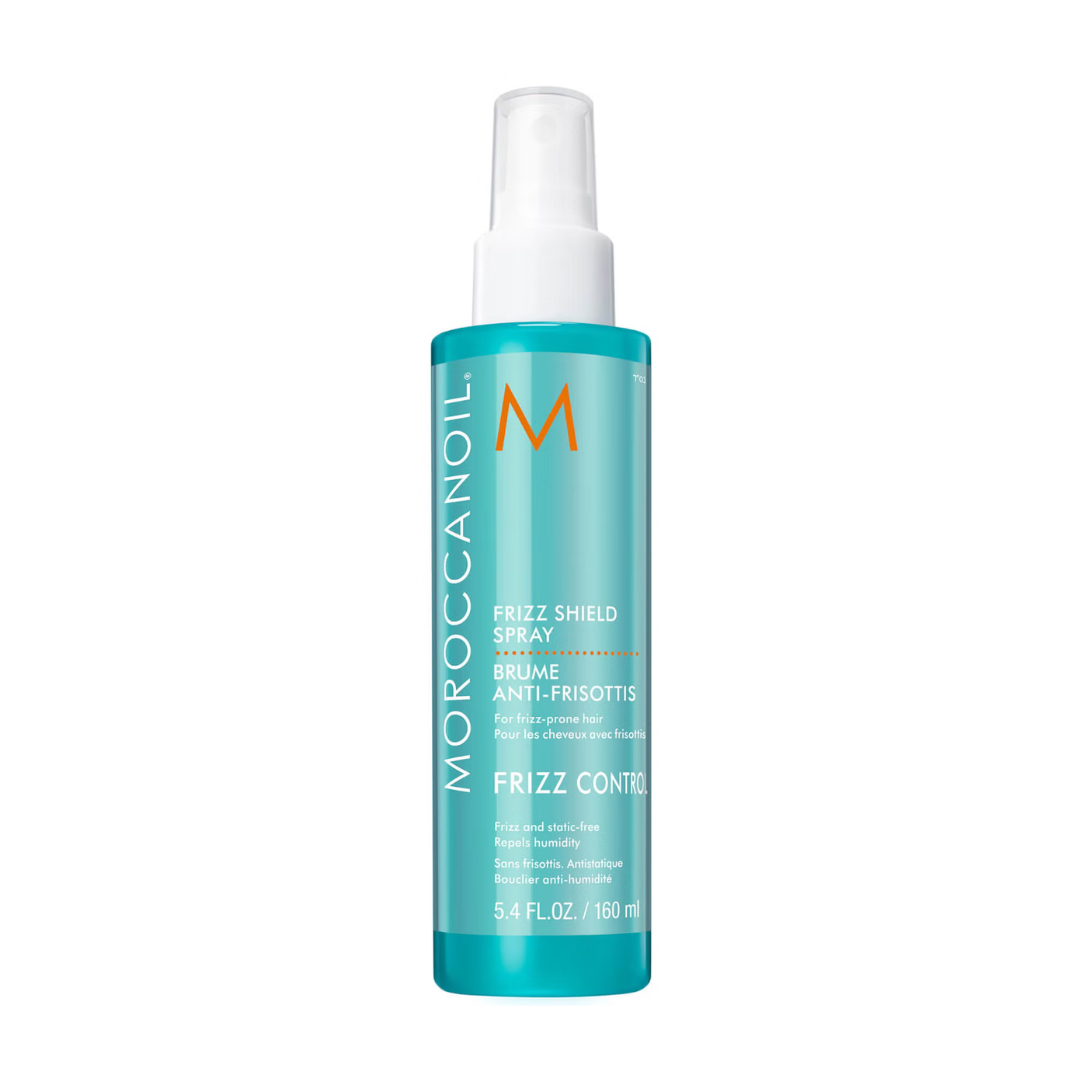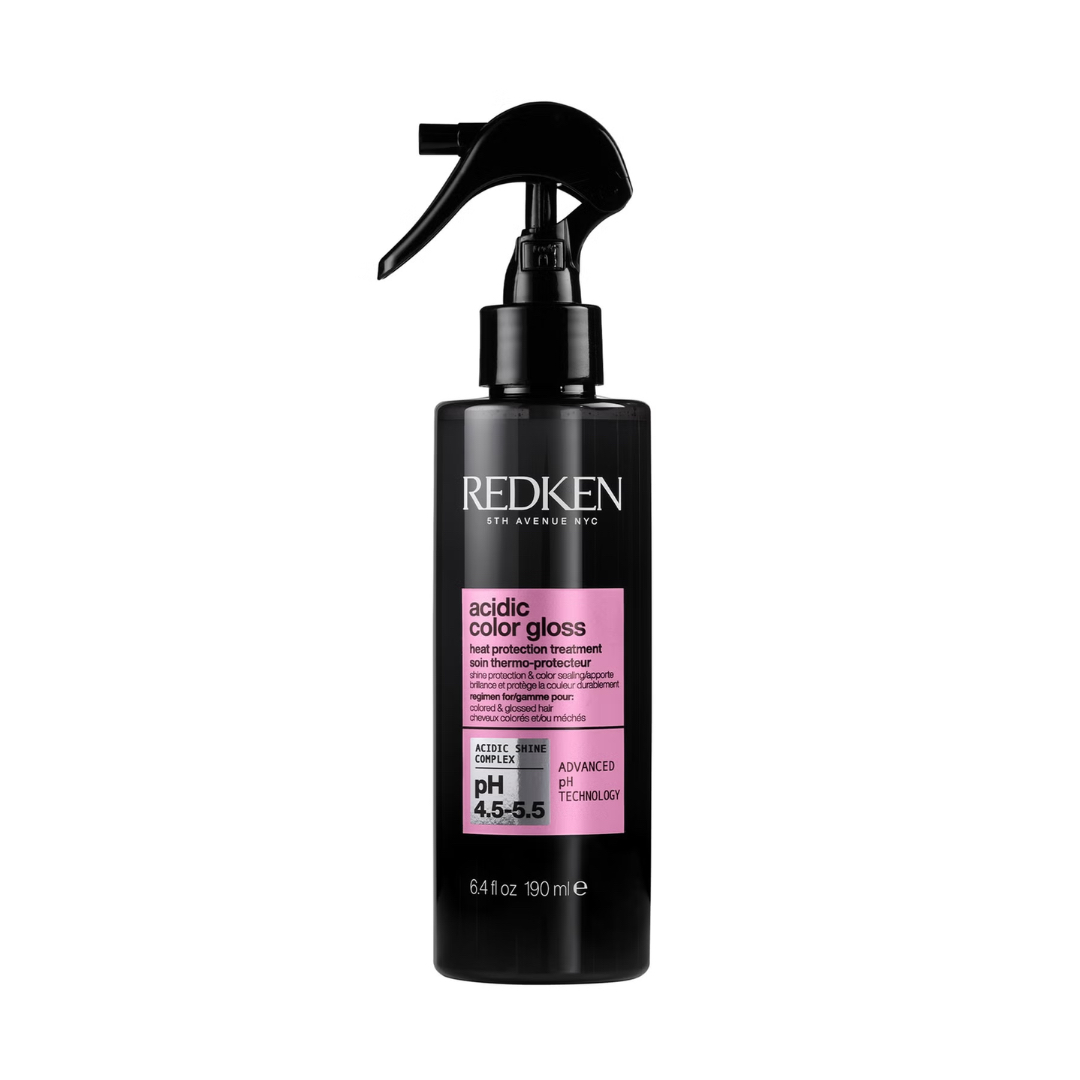The 5 things you need to know before investing in the Dyson Airstrait
Considering buying a Dyson Airstrait? A beauty editor who has used one for six months reveals the good, bad and the ugly about this hair tool


It’s been a big year for Dyson hair tools, with not one but two devices hitting the UK market. If you’re interested in a 2-in-1 dryer and straightener, though, here’s what to know before buying the Dyson Airstrait – from someone who has used one for most of this year.
Don’t get me wrong, I know Dyson tools are good and I thought the Airstrait would be decent enough. But I didn’t expect to like it as much as I do. The Airstrait is the tool I pick up most often after washing my hair when I want to dry it smooth. I’ve easily used it more this year than I have the Dyson Airwrap, whose brush attachments were previously one of my go-to smoothing tools.
The thing is, this tool costs the same as a short city break and so, as well as affordability, there are several things it’s important to consider before you even think about investing in one. Having used mine for around six months now, here’s what you need to know before getting the Dyson Airstrait. (And, when you're done here, you can read what you need to know before buying the Dyson Airwrap, too.)
What to know before buying the Dyson Airstrait, by a beauty editor who owns one
1. The plug is quite bulky
The first time you see the Dyson Airstrait in real life, I can almost guarantee you will notice (or have noticed) the plug. It is, to put it simply, rather large. We are talking about a third of the size of the tool itself.
But there are two good reasons for this sizeable plug (and pretty good ones at that). “Our engineers have integrated a PRCD plug as an additional safety element,” a Dyson spokesperson tells me. “When it’s plugged in, it tests and ensures the safety of the machine before use.” The power will cut out if this safety test fails, requiring you to reset the tool. This has only happened mid-dry once the whole time I’ve used my Airstrait.
The other key reason is to do with the Airstrait’s ergonomics. “Dyson engineers also designed the plug to include key electronics elements in it,” the spokesperson says. “By moving this to the plug, it removed weight and bulk from the machine itself.” Hence its unusually large size.
2. The cable is shorter than other Dyson tools
Unlike the Dyson Supersonic Dryer and Airwrap, whose cables' lengths both surpass 2.6m long, the Airstrait’s is just 1.98m – something I noticed the first time I used it. What that means practically is that you'll need to be that bit closer to mains power when using it. This isn’t necessarily a dealbreaker, but it may require you to change where you usually style your hair if your usual spot isn’t that near a wall socket.
Sign up for the woman&home newsletter
Sign up to our free daily email for the latest royal and entertainment news, interesting opinion, expert advice on styling and beauty trends, and no-nonsense guides to the health and wellness questions you want answered.
While I didn’t get confirmation from Dyson as to whether a longer cable was on the cards to improve the Airstrait, the brand's spokesperson said: “We continue to iterate and refine our technology and customer feedback is an important part of that process.”
3. It costs a lot of money
As mentioned, this tool retails for almost £450, which is probably considered expensive by most people’s standards. Answering “is the Dyson Airstrait worth it” not only depends on if you end up liking the results and will use the tool often, but also on what that money might be spent on instead. No hair tool, however lovely, is worth subjecting yourself to financial strain. (This is the advice I give when debating just about any luxurious skincare or makeup product or high-tech beauty gadget.)
It is worth noting here that you can return the Airstrait for a refund within 30 days of purchase if you change your mind, per Dyson’s returns policy. This offers some peace of mind before you part with your money if you’re worried you won’t get on well with it.
4. You can’t create a lot of different styles
Unlike the Dyson Airwrap, which has lots of different attachments that allow consumers to create a variety of hairstyles, the Airstrait isn’t such a versatile multi-styler. It is primarily designed to dry hair into smooth and straighter styles – so if you seek a tool that will create big, bouncy, undone curls or loose waves, this isn’t the hair tool for you.
That said, closing the Airstrait allows you to direct airflow out of the tool to rough dry or focus on the roots, so there is an element of 2-in-1 functionality here. It’s equipped with two tension bars which, combined with downward air pressure at a maximum temperature of 140°C, create smooth and straight results. My hair is left sleeker with this than when I dry it using a hair dryer and separate brush (a method I prefer leaving to a hairdresser).
5. It’s not the same as straightening your hair
While the Airstrait can achieve a straight and sleek finish, it’s not the same as using a pair of traditional straighteners. It dries hair smooth using air at a maximum temperature of 140°C, whereas the best hair straighteners usually heat style at temperatures ranging from around 180°C to 230°C. My hair is quite curly (mostly 3a, for those familiar with the curly hair types system) and skews slightly fine texture-wise, and I can get fairly sleek results from the Airstrait that stay smooth. However, it isn't 100% poker straight - the brand describes the look as “a natural straight finish”.
These results will also vary depending on your hair type. “The Dyson Airstrait™ straightener has been engineered for multiple hair types,” the brand’s spokesperson notes. “Throughout the development of the machine our engineers run trials on hair types ranging from Type 1 (straight) hair to Type 4 (very curly/coily) hair. Through these trials we were able to understand the different benefits it would have on different hair types: achieving natural straight styles for Type 1-3a/b hair and stretched blowout styles for Type 3c–4 hair – from wet, with no heat damage.
They continue: "It uses air to stretch out curls and coils at gentle temperatures and with no heat damage and works effectively as a pre-styling tool, giving you a faster and healthier stretched blow out before continuing with styling or putting it in a protective style. It can also be used as an end styling tool, for a lengthened style which maintains your hair’s natural characteristics.”
Why we'd recommend the Dyson Airstrait
As mentioned, I’ve used the Airstrait frequently in my usual styling routine since I first tested it months ago. To get the money’s worth, it’s ideal if you know that you like to blow dry your hair straight and/or smooth most or all of the time and don’t deviate much from that style. Creating loosely tonged waves and curls will require you to use another tool.
Similarly, if you are someone who dries then straightens their hair after every wash and want to cut down on your hair’s exposure to heat, this tool could work for you – though as mentioned it is designed to create more of a stretched blowout look on very curly and coily hair.
However, my experience of the Airstrait is that its smooth results last longer than most other air stylers, such as the best hair dryer brushes, and it can refresh a straight style quite quickly – so, although only you can decide if the money is worth it in line with your hair type and go-to styling looks, I really rate it for at-home drying.
Our Dyson Airstrait styling essentials

RRP: £27
One of the go-to humidity products for hair, Dream Coat forms a protective shield over strands to keep out moisture from the environment and stave off excess frizz – plus, it doubles as a heat protection spray for hair. It's also available in Extra Strength and Curly editions.
Lucy is a UK-based beauty journalist who has written for titles including Marie Claire, Glamour and OK!, as well as contributing to woman&home. Her work covers everything from expert skin and haircare advice to beauty trends and reviews of the latest products. During her career she regularly speaks to the industry's leading hairdressers, dermatologists and make-up artists, has covered backstage at London Fashion Week and interviewed many a celeb about their beauty routine.
-
 Le Creuset has taken the gold standard literally — their 100 year launch features real gold and an iconic designer collaboration
Le Creuset has taken the gold standard literally — their 100 year launch features real gold and an iconic designer collaborationLe Creuset have turned 100 years old and to celebrate they have launched a new colour — Flamme Dorée — as well as a coffee table book with designers Assouline
By Laura Honey Published
-
 This chic, Brazillian perfume brand is our beauty team's secret to smelling expensive and unique
This chic, Brazillian perfume brand is our beauty team's secret to smelling expensive and uniqueFrom salty accords to modern twists on tuberose, there's a Granado perfume for every preference - but these 9 blends have our heart...
By Naomi Jamieson Published

